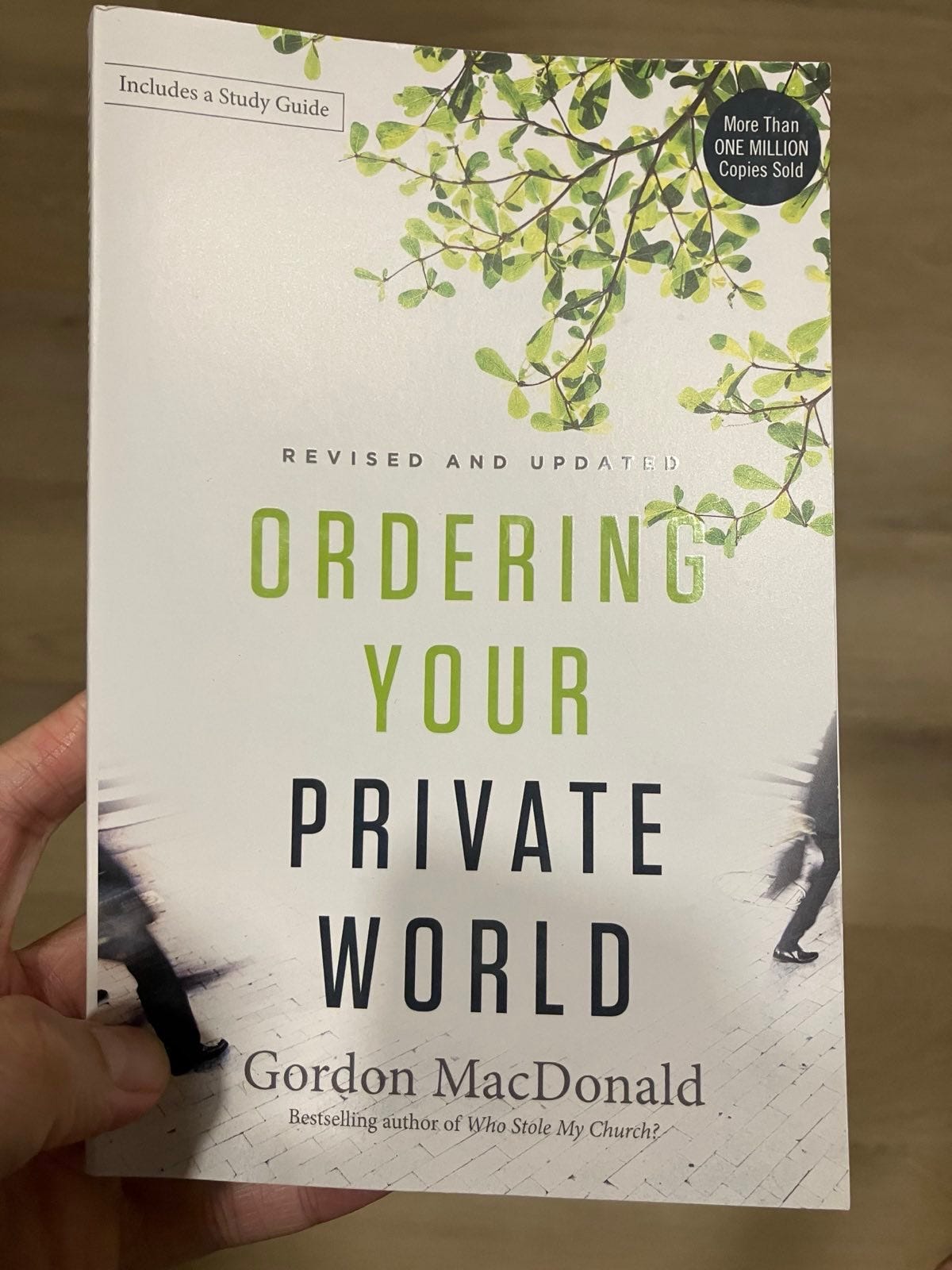Pulled, Driven, Called
The Pull …
…compulsively, you grab your phone and click, scroll, like, share, and browse. It feels like your face is being pulled into the screen, sucked into the spectacle. This reduces your impulse control and overall agency. You never feel fully nourished afterward. In fact, you feel the opposite. If you paused and felt into the sensation, what you'd feel is emptiness.
I wrote a series on The Pull at the beginning of the year and presented on it during Lent:
Screen + Internet + Pulling Sensation = The Pull.
It is the number one agency killer today, but there are others. Young (and older) men are pulled into porn and OnlyFans; others into gaming, gambling, and shopping. Whether it is the sugar high from engineered junk food or bingeing Netflix shows created through predictive analytics, The Pull, in this wider sense, captures your attention and focuses it on a fragment of reality that turns you into a fragment, disconnected from the whole. It feels good, but ultimately it is not good.
It is not good because you are not free when pulled.
We can understand The Pull as a motivational source. It may be the most dominant source today. It plays a role in the great NPCification of our digital polis and contributes to the great unthinking that is spreading, reinforcing beliefs rooted in fear and isolation.
However, there are two other motivational sources: being driven and being called.
The first, The Drive, is the second most common motivational source today. The second, The Call, is often spoken of by spiritually inclined people. I encountered this distinction in a Christian book called Ordering Your Private World by Gordon MacDonald.
According to MacDonald, a driven person has the following characteristics:
Gratified (only temporarily) by external accomplishments
Shows off symbols of accomplishment (i.e., status)
Has an insatiable desire for expansion (always moving toward something bigger and better)
Lacks people skills, except when manipulating or intimidating
Is highly competitive and sees everything as win-or-lose
Boasts about their busyness and has forgotten how to play
In essence, true philosophy and spirituality are seen as a waste of time, especially if they do not translate into accomplishments that lead to status and provide fleeting validation from others.
Being driven is often promoted as something good, especially in self-help slop, where it is framed as the motivational source needed to achieve great things.
Pulled people and driven people have something in common: a deep lack that, at the bottom, is a lack of love for who they are. So they get pulled by flashy distractions or chase external markers in search of glimpses of that love, but it never truly arrives.
Like the pulled ones, the driven ones are not free either. Something is driving them without their full consent. Their “demons,” real or metaphorical, are in the driver’s seat. Real choice is absent.
Seeing their success, the driven ones come to terms with the process and adopt a fallacy: this is just the way it goes, and in order to be successful, one must be driven.
Not true. There is another way: being called.
The Call is something else entirely.
A called person may, on the surface, have similar accomplishments to a driven person, but there is no manic efforting, no intense feeling of being chased by shame, and no restless appetite for more.
Instead, they are on a spiritual adventure, one founded in peace and resulting in freedom. They are supple, relaxed, and connected to something greater than themselves. It feels good, true, beautiful, and whole, even holy, because they are simply a vessel for God’s will on earth.
Unlike being pulled or driven, being called is being free, because there is choice.
You can refuse to answer The Call, but what fool would want to do that?
Appendix. The Push
As you know, I love 2x2s, and there is one waiting to be revealed here. It will uncover a final motivational source: The Push.
The Pull and The Drive both come from a place of lack, specifically a lack of love, while The Call and The Push come from a place of fullness, a fullness of love.
However, The Pull and The Call share a common quality: both are receptive (“feminine”) and involve surrendering to what is. In contrast, The Drive and The Push are active (“masculine”) and involve imposing one’s will on what is.
The Push is the opposite of The Pull, because in freedom, it says NO to what is pulling it. It complements the Call, because having the strength to say NO creates the space to listen, and then to choose to say YES to what one is being called by.
As Steven Pressfield says, “Yes lives in the land of no.”
Most simply put, The Push equals disciplined temperance. Many fashionably “spiritual” people, often referred to as “spiritual bypassers,” tend to have weak temperance. They believe the Call makes up the whole of what is spiritual, and they view anything that appears too masculine-coded, such as saying a firm NO, as negative. This is because it resembles the uncompromising will found in a driven motivational mindset that was rightfully left behind.
This is a foolish mistake.
Those who succeed in the dying world are usually driven people who are constantly being pulled into some addiction they struggle with or try to hide.
Those who are beginning to create wholesome worlds are doing so because they are consistently being called, and they’re able to answer that call because they’re also consistently good at pushing back against the bullshit that distracts them.






